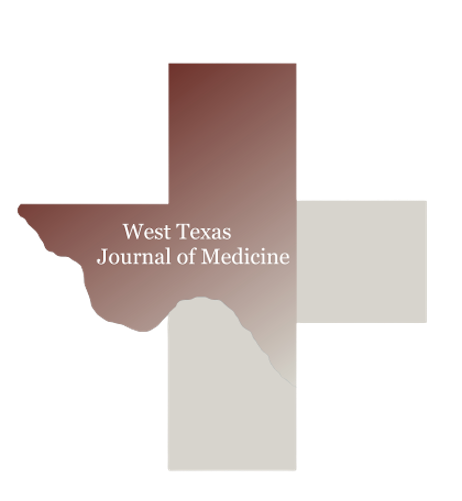Faculty Development in Proficiency and Application of Point-Of-Care Ultrasound
DOI:
https://doi.org/10.59311/wtjm.v1i1.2Keywords:
Point-of-Care Ultrasound, Sonography, Faculty Development, Barriers to Education, Case-Based LearningAbstract
Introduction: Point-of-care ultrasound (POCUS) continues to be integrated into medical school and residency curriculums with objectives to increase proficiency and utilization in practice. Implementation of a targeted curriculum with faculty can increase proficiency of ultrasound.
Methods: We created a POCUS pilot program at a small academic center to assess faculty members’ knowledges and perception about ultrasound in surgical settings. We conducted an observational cross-sectional study to test the hypothesis and hypothesized members would have increased confidence in their proficiency. Participants attended a 2-hour session with expert faculty. Our session consisted of a pre-test assessment survey, one-hour of didactic lecture, hands-on workshop with an ultrasound simulation machine and live standardized patient, and a post-test assessment survey. Faculty were given the option to return for further self-directed learning with ultrasound simulation machine after the pilot program if desired.
Results: There was a statistically significant difference in pre- and post-survey questions that addressed comfort using ultrasound in clinical setting and critical care setting, comfort in using ultrasound at bedside rounds, comfort teaching medical student and residents, comfort performing FAST (Focused Abdominal Sonogram for Trauma) exam and comfort in doing basic bedside echocardiography. Faculty indicated time, availability of ultrasound equipment to faculty and house staff, and cost of equipment as important barriers to utilization of ultrasound in the clinical setting.
Discussion: Our pilot POCUS course showed improved confidence in ultrasound skills among faculty members. It is important to address barriers such as limited availability of equipment and adequate time preparation for future POCUS curriculums.





